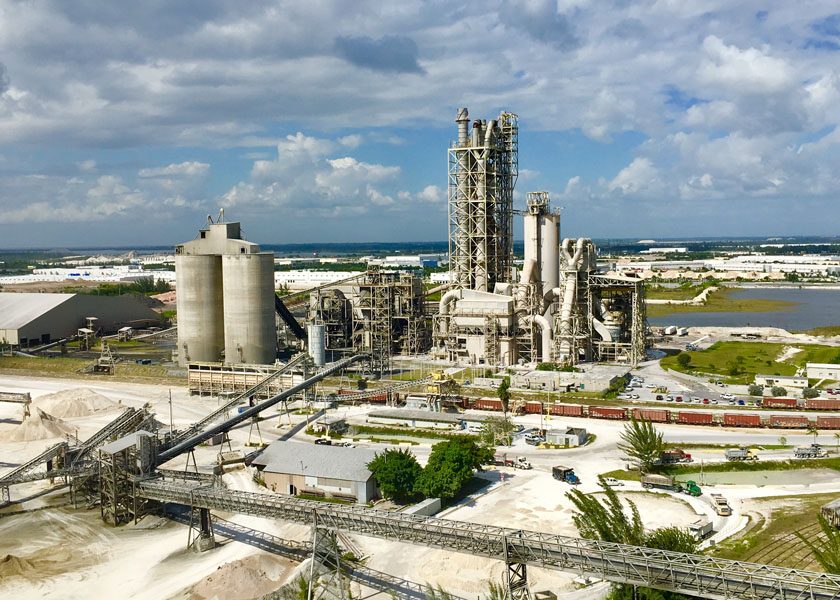Shipments through the St. Lawrence Seaway and into the Great Lake region remained strong in October as North American manufacturers and cities stockpiled vital materials in advance of the coming winter and farmers relied on the waterway to export the new harvest.
According to the St. Lawrence Seaway, total cargo tonnage from March 25 to Oct. 31 reached 29.6 million metric tons (Mt), up 4.5 percent over the same period last year.
Cement products, destined for construction projects across the Great Lakes states, totaled 1.2 Mt, up 9 percent. Ships have been busy transporting clinker and other raw materials to St. Marys Cement’s (Group Votorantim) plants in Charlevoix, Mich., and Detroit, as well as moving finished products to their terminals throughout the Lakes.
“U.S. construction activity is beginning to pick up, which has had a direct effect on cement demand,” said William Asselstine, vice-president logistics, St. Marys Cement (Group Votorantim). “Despite the long winter and slow start to the construction season, during the last few months, ships have been very busy transporting clinker and other raw materials through the St. Lawrence Seaway to our cement plants in Charlevoix and Detroit, Mich., and Bowmanville, Ontario, Canada, as well as moving finished products to our terminals throughout the Great Lakes. This is the most cost-effective and environmentally responsible way for us to move these materials.”
With winter weather just weeks away, municipal stockpiling of road salt took on a new sense of urgency. Salt shipments via the Seaway now total 2.3 Mt, up by 34 percent this season. Canadian mines have been working hard to replenish city reserves in Canada and the U.S. and the Seaway is also seeing salt imported from overseas to meet the high demands. For example, salt is being transported out of the Port of Cleveland and Fairport Harbor, Ohio, to U.S. towns all over the Great Lakes as well as to Ontario and Quebec.



